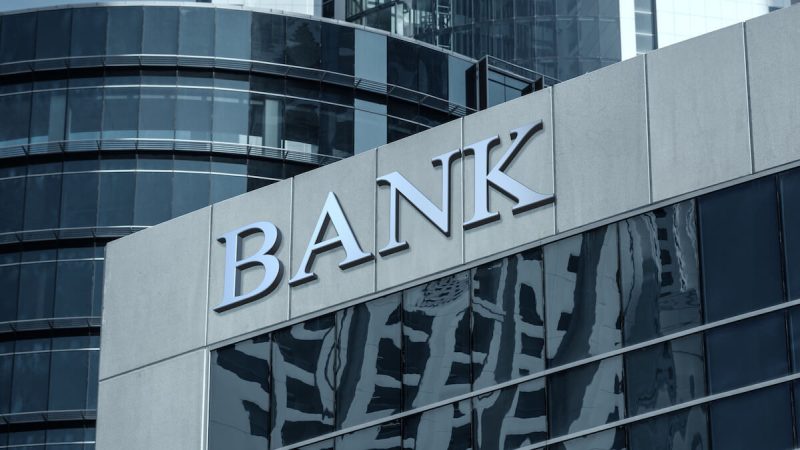
Banking System Alert: Signs of an Impending Collapse and How to Spot Them
The Financial Poll: Gauging the Stability of the Banking System
The stability and resilience of the global banking sector have long been subjects of scrutiny and speculation. Events such as the 2008 financial crisis and subsequent regulatory reforms have shaped contemporary attitudes towards the industry. As we navigate the complexities of a rapidly changing economic landscape, there are several key indicators and warning signs that stakeholders can monitor to assess the health of the banking system.
One critical metric to consider is the level of non-performing loans within banks’ portfolios. A sharp increase in non-performing loans can be indicative of underlying issues in the economy, such as weakening purchasing power among households or sluggish corporate performance. If left unaddressed, a surge in non-performing loans can erode banks’ capital buffers and potentially trigger a domino effect of financial distress.
Moreover, the interconnectedness of financial institutions is a crucial factor in gauging systemic risk. As banks engage in complex networks of transactions and counterparty relationships, a shock to one institution could have cascading effects across the entire system. Monitoring key metrics such as interbank lending rates and counterparty exposure can provide insights into the interconnectedness and vulnerability of the banking sector.
In addition, the regulatory environment plays a vital role in safeguarding the stability of the banking system. Stringent capital adequacy requirements, stress testing protocols, and enhanced supervision are essential tools for mitigating systemic risks. As regulatory frameworks evolve in response to changing market dynamics, it is crucial for banks to adhere to best practices and demonstrate a commitment to risk management and compliance.
Market liquidity is another critical aspect to consider when evaluating the health of the banking system. Adequate liquidity ensures that banks can meet their funding obligations and maintain smooth operations. Sudden liquidity shortages can exacerbate financial instability and undermine confidence in the system. Monitoring metrics such as the availability of liquid assets and funding sources can provide insights into banks’ ability to weather liquidity shocks.
Furthermore, technological advancements and digital transformation are reshaping the banking landscape. While innovations such as fintech and blockchain offer opportunities for efficiency and growth, they also introduce new risks and vulnerabilities. Cybersecurity threats, data privacy concerns, and operational disruptions are pressing challenges that banks must address to fortify their resilience in the digital age.
In conclusion, safeguarding the stability of the banking system requires a multifaceted approach that encompasses risk management, regulatory compliance, and technological innovation. By monitoring key indicators such as non-performing loans, interconnectedness, regulatory compliance, liquidity, and cybersecurity, stakeholders can gain a comprehensive understanding of the health of the banking sector. As we navigate an increasingly complex and interconnected financial ecosystem, proactive risk management and robust regulatory oversight are essential to fortify the resilience of the global banking system.
